The Cardoon plant is a perennial that tends to look like an interesting blend of burdock and celery. This plant goes by many other names such as cardi, cadone and artichoke thistle. Their leaves are beautiful and silvery and tend to form an upright and distinctive sculpture style shape that is visually interesting. If you want to bring these stunning plants into your garden, this article may help.
Growing Cardoons
There are a variety of different types of Cardoon including ones called ivory white smooth, large smooth and large smooth Spanish, which are among the most commonly grown types of Cardoon. These different varieties grow well in different environments, but getting the soil right for any of the above is what’s important. Cardoon plants usually prefer to be grown in full sun, though they can get by fine in partial shade. You’ll want to choose a spot to grow the Cardoons that is able to drain well and is full of nutritious organic matter.
It is best to prepare the beds of Cardoons for between 2 to 3 weeks before planting and to use decayed manure or aged compost to get the job done. Cardoons will also want a soil with a virtually neutral pH level that is between 6 and 7 on the scale. Be sure to shelter the plants against strong winds as they may otherwise damage and tear the leaves.
Planting Cardoons
The Cardoons are best when grown from a transplant that has been sitting in a garden for 3 to 4 weeks following the last frost in the spring. They should be grown for nearly 6 weeks before they are planted, and in order to do this most efficiently, fill a plant box or pottery with enriched potting soil. Put them as least an inch deep into the soil and water them to get them settled.
Once you have done this, place the container into a window that gets a lot of sun. Be sure that you are watering the plants regularly, but take care not to overwater them to the point where the soil becomes too wet and soggy as this may make the seeds wilt. When you are germinating the plant, it will do best at around 75 degrees Fahrenheit and will be ready to be harvested around 120 days after it has been transplanted.
Expect the Cardoons to start sprouting as quickly as 6 to 12 days after being transplanted following 2 to 3 weeks of germinating. Transplant Cardoons will do well during the mid-spring following the last frost. When putting them into the earth, dig a hole that is a minimum of an inch wider than the container that the seedling has been growing in. Then, fill the hole with soil and tramp them to remove air bubbles. After planting, water them evenly and allow them to dry between watering. Keep the Cardoon plants well-watered and fertilized and enjoy the plants flourishing yearly and beautifully in your garden.

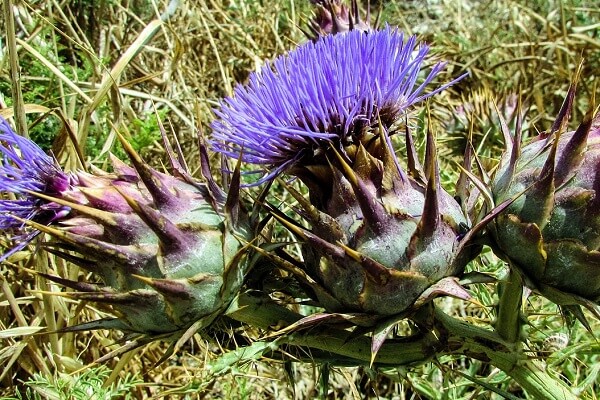

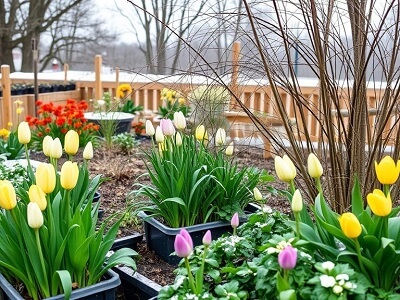
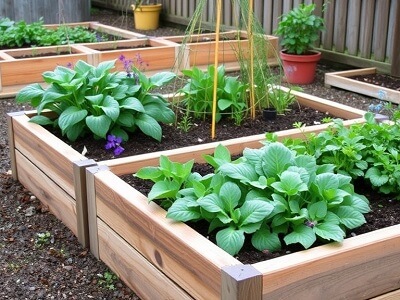
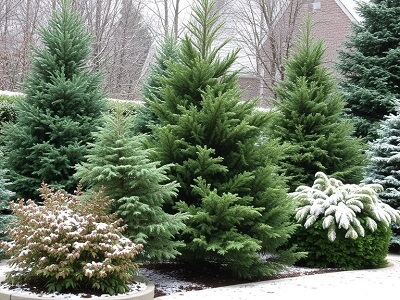
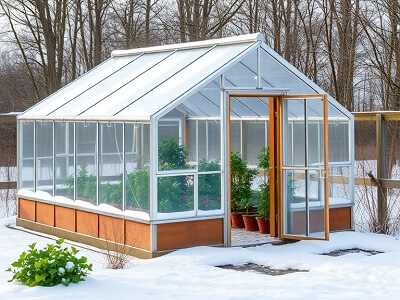
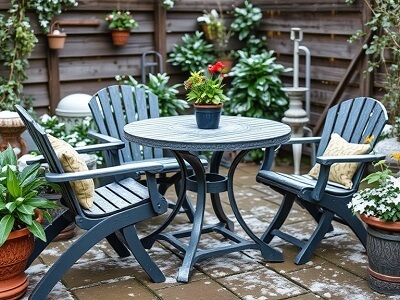
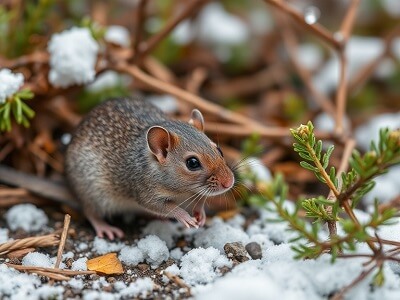
What size pot do you recommend I use to plant a cardoon?